When it comes to content creation, one of the big questions many ask is, Should I write short-form or long-form content?
Both short-form and long-form content have their own unique advantages, but deciding which one to use depends on your goals and your audience.
Short-form content is quick to read and easy to digest, making it great for audiences who are looking for quick information or engaging posts on social media.
On the other hand, long-form content dives deeper into topics, offering more detailed explanations and insights, which is perfect for readers who want to learn more or solve complex problems.
In this post, we’ll discuss short-form and long-form content in detail, compare short-form and long-form content, highlight their strengths and weaknesses, and help you decide which one to use for your content strategy.
So, without any further ado, let’s get started.
1 Understanding Short-Form vs. Long-Form Content
Let us begin by discussing short-form and long-form content.
But before we begin, it’s important to understand that according to Google’s documentation, the length of your content doesn’t directly affect your ranking—there’s no required word count to aim for.
However, writing naturally and avoiding repetition can improve your chances of ranking because using various keywords helps match more search queries.
1.1 Short-Form Content
Short-form content is typically brief, usually 1,000 words or less.
This type of content is designed to be quick and to the point, making it ideal for audiences who prefer to consume information in bite-sized pieces.
Examples of short-form content include social media posts, blog posts, emails, product descriptions, infographics, and short videos.
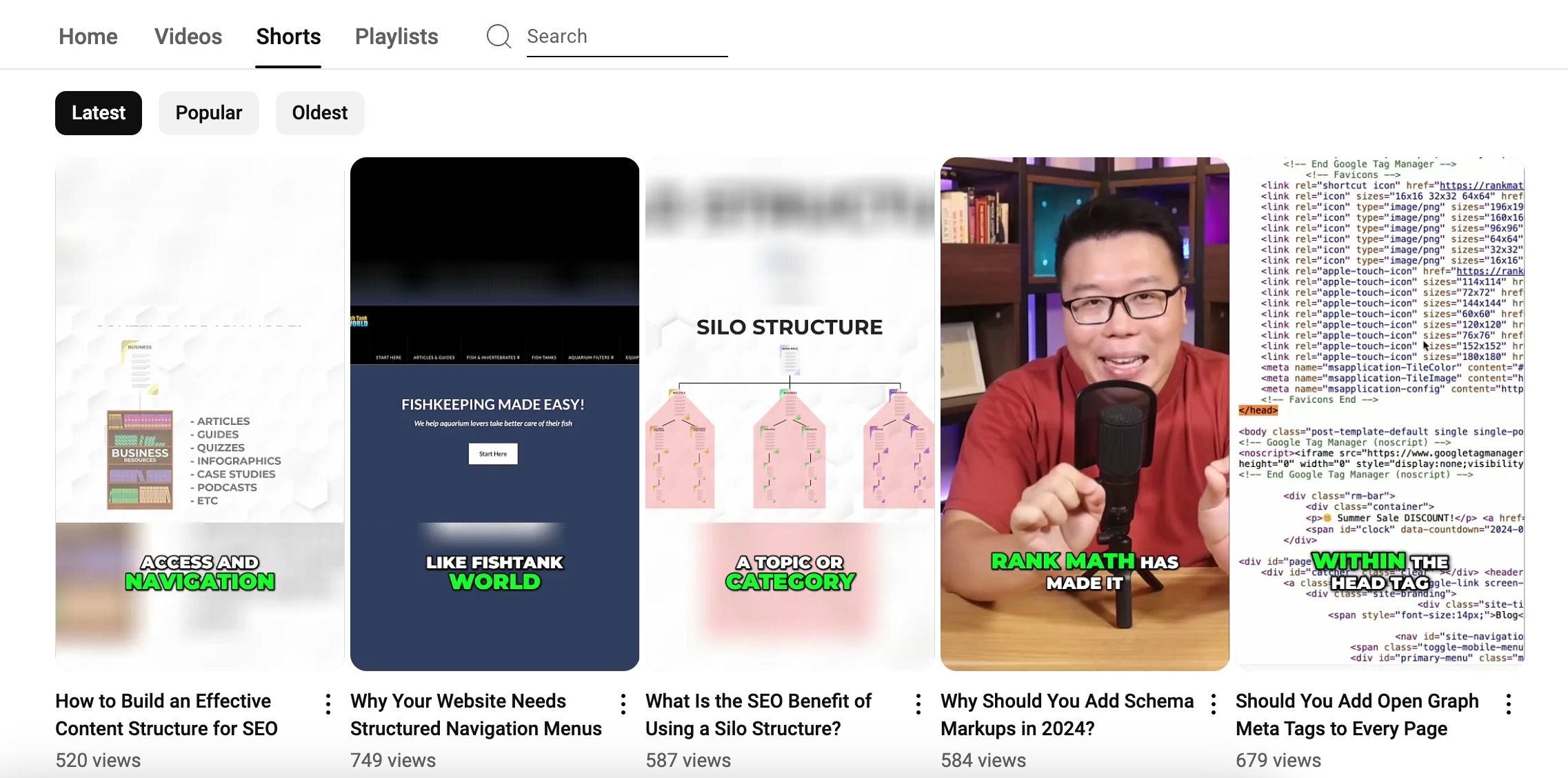
1.2 Long-Form Content
On the other hand, long-form content is much more detailed, often extending to 1,500 words or more.
This format is perfect for topics that require a deeper explanation or analysis.
Long-form content includes in-depth articles, white papers, eBooks, comprehensive guides, and long-form videos.
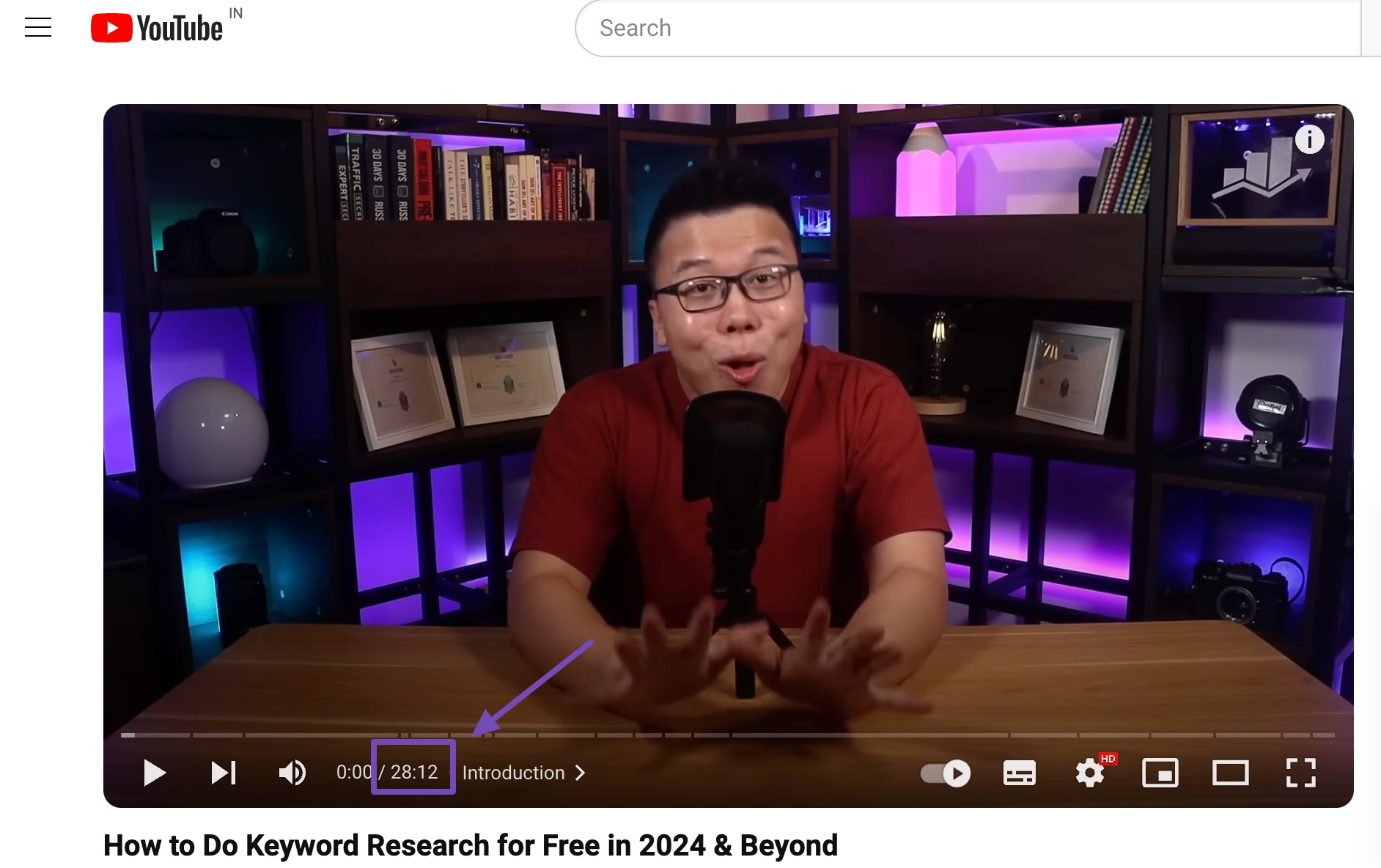
2 Short-Form vs. Long-Form Content: Pros and Cons
Let us now discuss the pros and cons of short-form and long-form content type.
Let’s begin with the short-form content type:
| Advantages of Short-Form Content | Disadvantages of Short-Form Content |
| Easier to consume quickly, ideal for audiences with limited time. | Struggles to provide in-depth analysis or substantial value. |
| Shorter creation time allows you to produce more content. | May not fully address complex topics or audience questions. |
| Highly shareable on social media platforms like TikTok, Instagram, and Twitter. | Harder to rank for competitive keywords due to limited keyword density. |
| Quick calls to action (CTAs) that drive immediate engagement. | Lacks the topical authority needed for strong SEO performance. |
| Perfect for mobile consumption and fast-paced campaigns. | Less impactful for establishing authority or covering detailed subjects. |
Below are the advantages and disadvantages of long-form content type:
| Advantages of Long-Form Content | Disadvantages of Long-Form Content |
| Allows for comprehensive exploration of complex topics. | Requires more time and resources to research, write, and edit. |
| Builds authority and credibility in a niche. | May overwhelm or disengage readers looking for quick information. |
| Higher SEO potential due to in-depth keyword coverage. | Not ideal for fast-paced platforms like social media. |
| Increases dwell time, keeping users on your site longer. | Risk of losing audience attention if content is too long or unfocused. |
| Opportunity to target multiple keywords and variations. | May not be suitable for businesses with limited resources. |
3 How to Choose Between Short-Form and Long-Form Content
Now that you’re aware of the differences between short-form and long-form content, let us discuss how to choose them for your business.
3.1 Identify Your Goals
Short-form content is often the better choice if you want to engage with your audience quickly or boost brand visibility.
For instance, short-form content like concise blog posts or catchy social media updates can be effective if you want to increase social media interactions or drive traffic to a website through brief updates or promotions.
This format is ideal for campaigns focused on immediate engagement or quick call-to-actions.

Conversely, long-form content is more appropriate if your goal is to establish your authority in a field, provide comprehensive information, or improve your search engine rankings.
For instance, a company aiming to become a thought leader can produce in-depth guides or detailed case studies. These long-form pieces offer valuable insights, help build credibility, and attract a more engaged audience interested in detailed information.
By clearly defining what you want to achieve with your content, you can choose the format that aligns with your goals, ensuring your content strategy is both effective and purposeful.
3.2 Understand Your Audience
Understanding about your target audience’s preferences and behaviors can help you make informed decisions about the topics you choose and how you present them.
Google Analytics is a powerful tool for understanding your target audience and creating your content strategy, whether you’re focusing on short-form or long-form content.
The User acquisition report provides data on how audiences are finding and accessing your website, including the sources of traffic such as organic search, social media, direct visits, and referrals.
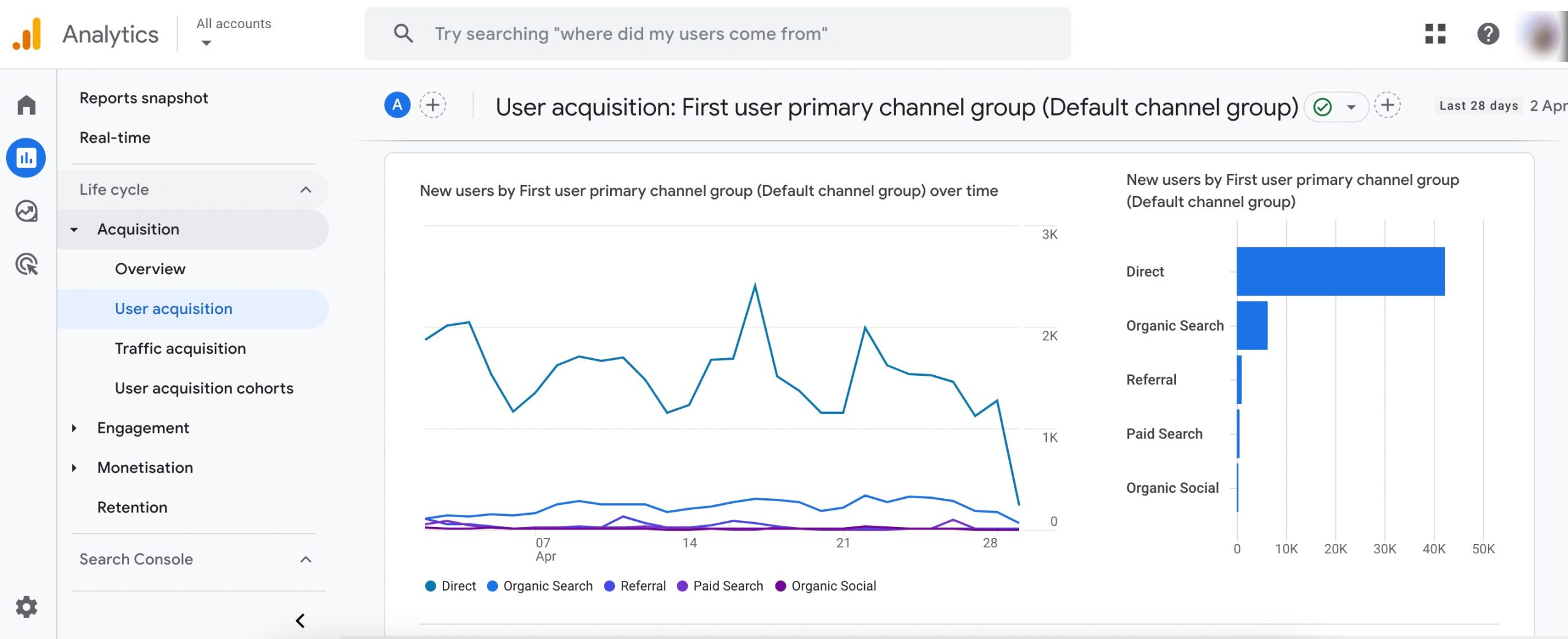
By examining these sources, you can determine which channels are most effective for attracting audience who engage with short-form content versus those who prefer long-form content.
For instance, if you notice that a significant portion of your traffic comes from social media platforms, it can indicate that your audience favors quick, engaging, short-form content that fits well with social media’s fast-paced nature.
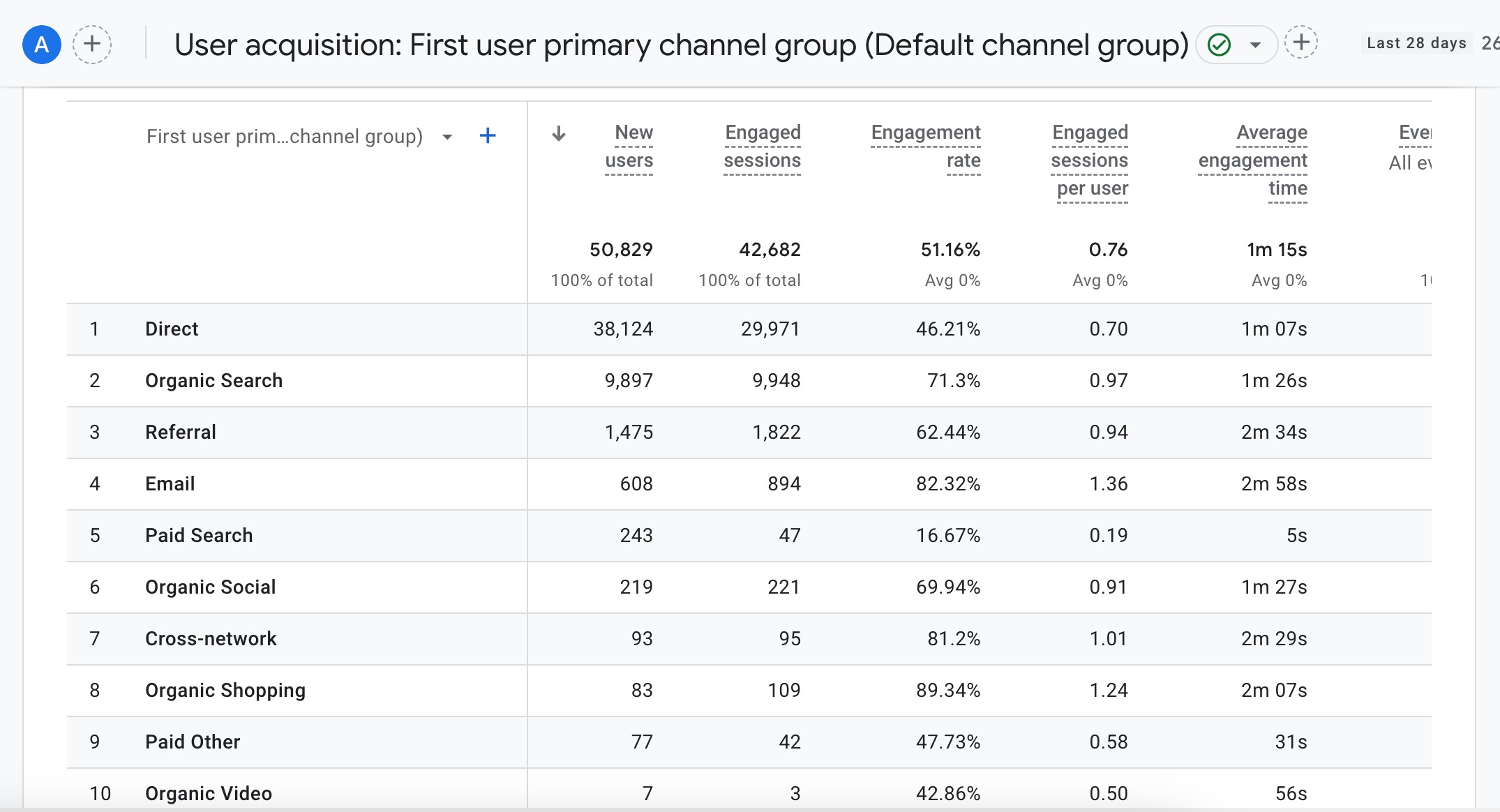
Next, use the Engagement report to analyze metrics related to user interactions with your content. Key metrics to focus on include Average engagement time.
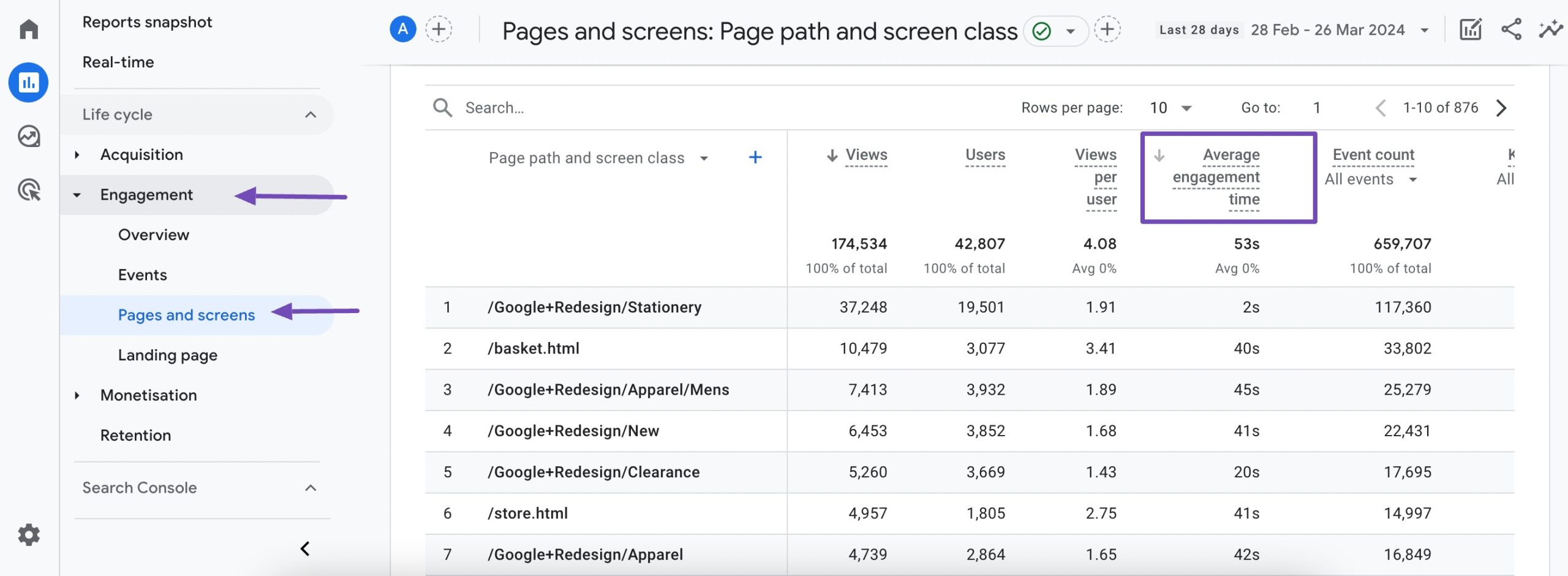
3.3 Consider the Platform
When choosing between short-form and long-form content, it’s essential to consider the platform where the content will be published.
Different platforms offer to different content lengths and audience expectations, which can significantly impact the performance of your content.
For instance, social media platforms like X, Instagram, and TikTok are more suited to short-form content. These platforms thrive on quick, digestible content like brief updates, short videos, or infographics that engage audience instantly.
For example, a brand can post a short product demonstration reel on Instagram to grab attention and drive engagement quickly.

On the other hand, platforms such as blogs, websites, and professional networks like LinkedIn and Medium are better suited for long-form content.
These platforms allow for in-depth exploration of topics, which is ideal for articles, white papers, case studies, or eBooks.
3.4 Analyze the Keyword’s Search Intent
Analyzing the keyword’s search intent is essential when deciding between long-form vs. short-form content.
Search intent refers to the reason behind the audiences’ search query—whether they’re looking for quick answers, in-depth information, or transactional content.
Understanding this intent helps you determine the best content format to satisfy audience needs and improve your ranking in search results.

For instance, long-form content is usually the best approach if a keyword suggests informational search intent, where audiences seek detailed explanations or comprehensive answers (e.g., how to build a website).
An in-depth blog post or guide covering the topic can provide the necessary detail and be more likely to rank higher in search results.
On the other hand, if the search intent is navigational or related to quick, specific answers (e.g., best restaurants near me or quick SEO tips), short-form content may be more effective. This type of content provides quick, concise information that matches the audiences’ intent without overwhelming them with unnecessary details.
3.5 Evaluate Topic Complexity
Evaluating topic complexity is another factor in deciding whether to create long-form or short-form content.
The more complex a topic, the more depth and detail are required to cover it adequately, making long-form content the more appropriate choice.
Conversely, simple or straightforward topics can be effectively addressed in short-form content, which allows for quicker consumption and less detailed explanations.
For instance, a topic like The Benefits of AI in Healthcare is inherently complex, requiring long-form content to explore its various facets, such as how AI is used in diagnostics, treatment plans, patient monitoring, and the ethical implications.
This topic demands detailed analysis and supporting data, which can be better delivered through a comprehensive guide or an in-depth article.

In contrast, a topic like 5 Quick Tips for Improving Your Morning Routine is simpler and doesn’t require extensive analysis. Short-form content, such as an infographic or social media post, is sufficient to convey the key points quickly and effectively.
Lifestyle blogs or platforms like Instagram and YouTube often use short-form content to share concise, actionable tips that the audience can easily digest and implement.
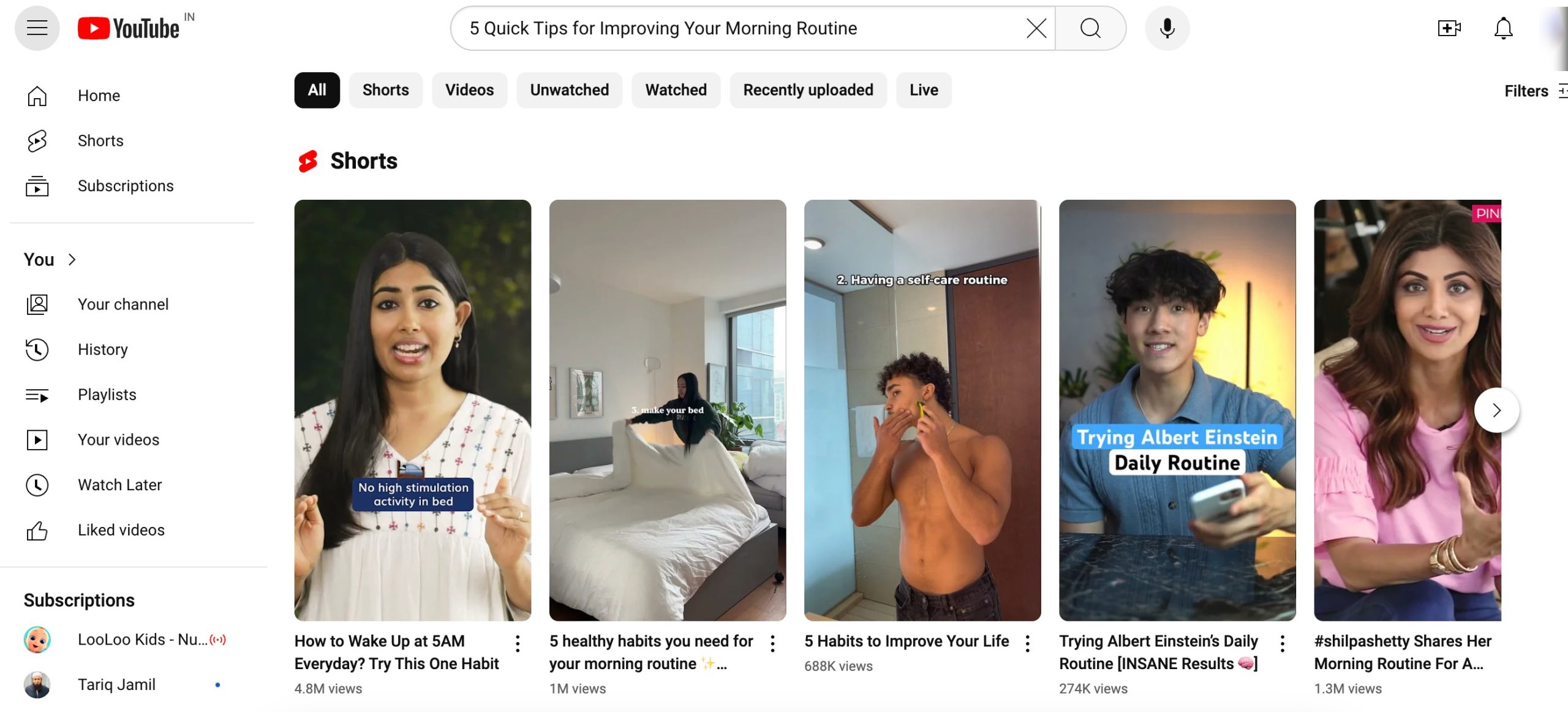
3.6 Determine What Can Be Repurposed
Repurposing content allows you to maximize the value of your work by adapting existing pieces to suit different formats.
When deciding whether to repurpose content for long-form or short-form formats, consider the depth of the original content and how it can be broken down or expanded upon.
For example, if you have a long-form blog post, such as a detailed guide on SEO Tips, this content can be repurposed into a series of short-form pieces. You can extract key points and create short social media posts, infographics, or a quick video series to share bite-sized information.
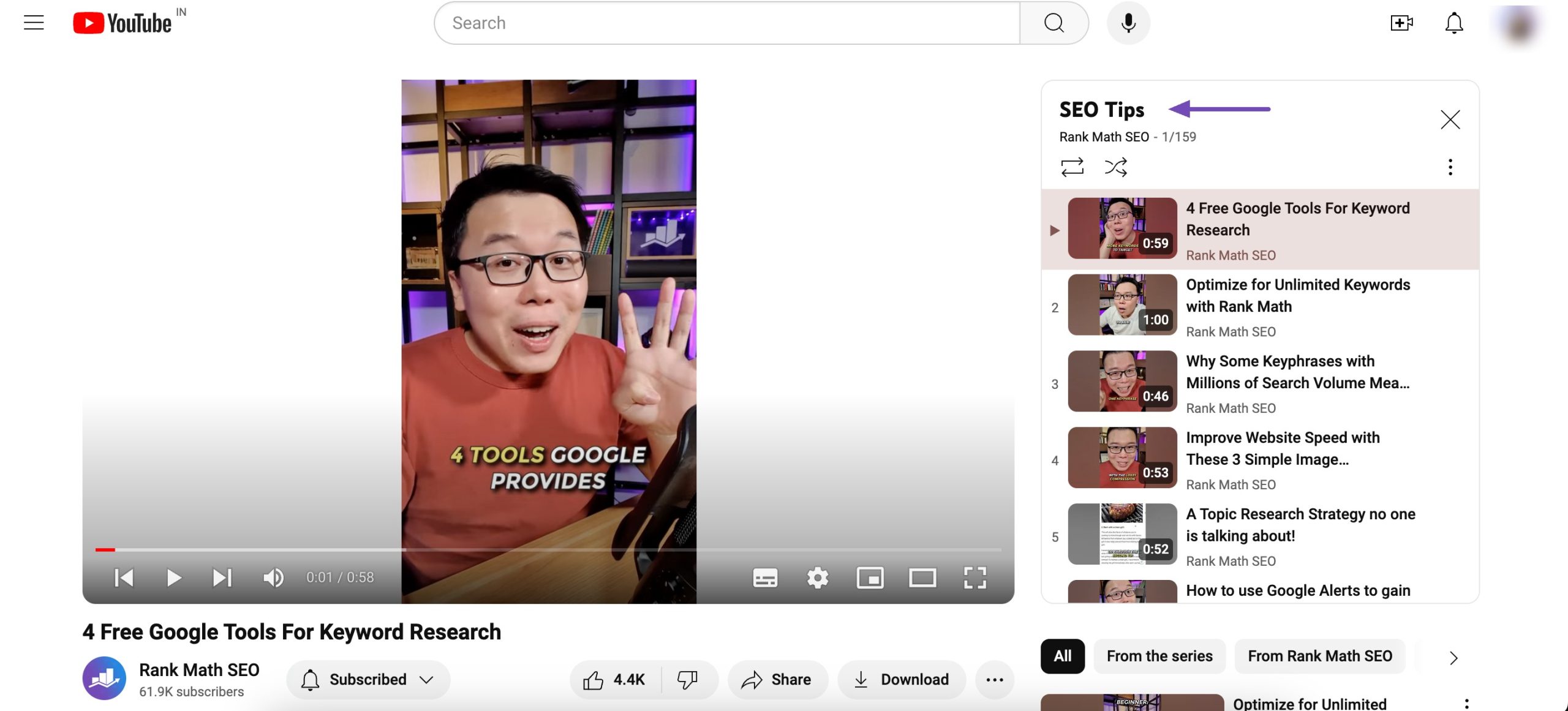
Conversely, if you start with short-form content—such as a few blog posts or social media updates on a related topic—you can expand upon them to create a long-form content.
Refer to our dedicated tutorial on content repurposing to efficiently reach different audience segments, whether they prefer quick information or in-depth content.
4 Frequently Asked Questions
How do I choose between short-form and long-form content?
Consider your goals, audience preferences, and the platform. Short-form content is ideal for quick engagement and broad reach, while long-form content is better for in-depth exploration and building authority.
Can I repurpose long-form content into short-form content?
Yes, you can repurpose long-form content by breaking it down into smaller content, such as turning a detailed blog post into a series of social media updates, infographics, or short videos.
Can I expand short-form content into long-form content?
Absolutely. You can combine multiple short-form pieces on related topics into a long-form article, eBook, or comprehensive guide for deeper exploration of the subject.
How can I balance short-form and long-form content in my strategy?
You can balance both by using short-form content to drive engagement and visibility, while using long-form content to provide value, build authority, and improve SEO. Diversifying your content strategy allows you to reach a broader audience with different consumption preferences.
5 Conclusion
Both short-form and long-form content play important roles in an effective content strategy, but the key to success lies in choosing the right format based on your goals, audience preferences, and the platform you’re using.
Short-form content excels in capturing quick attention, driving engagement, and fitting seamlessly into fast-paced platforms like social media.
Meanwhile, long-form content allows for deeper exploration, builds authority, and creates greater engagement through comprehensive information.
By understanding the strengths of each short-form and long-form conent and aligning them with your objectives and audience needs, you can create a balanced content strategy that maximizes impact and delivers value across various channels.
Do you prefer short-form or long-form content? Let us know by Tweeting @rankmathseo.
